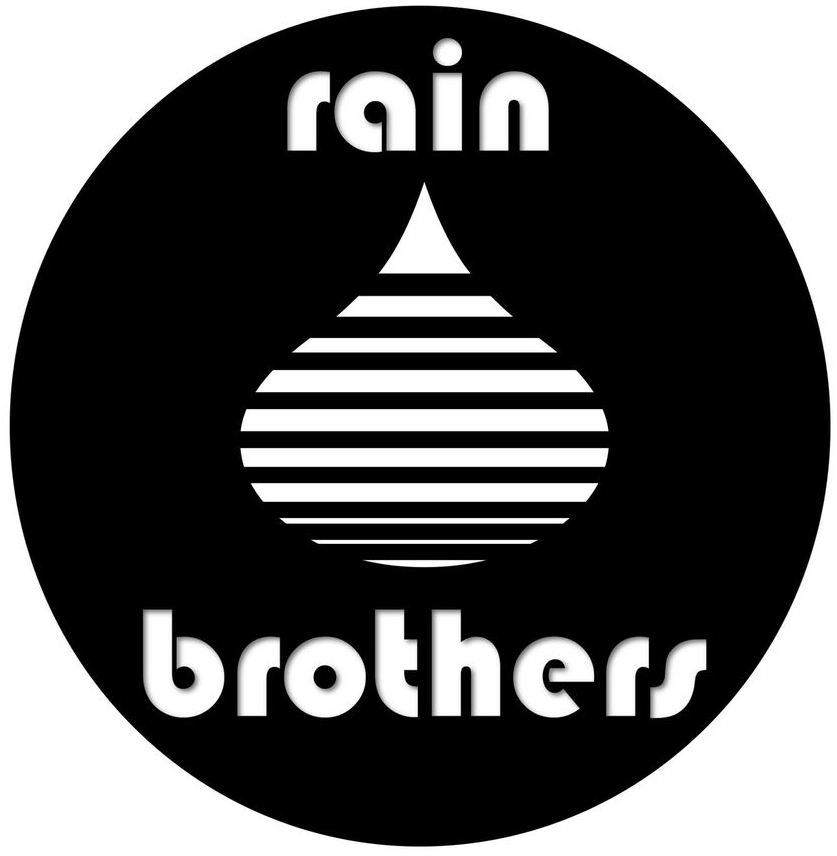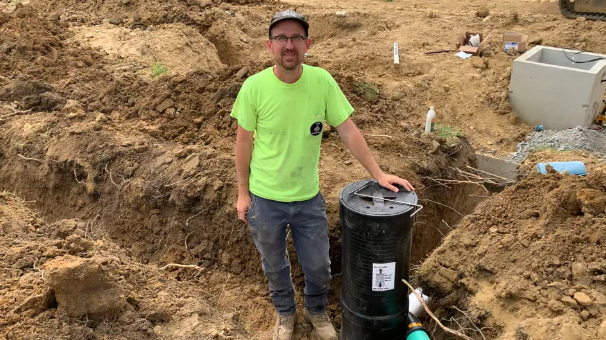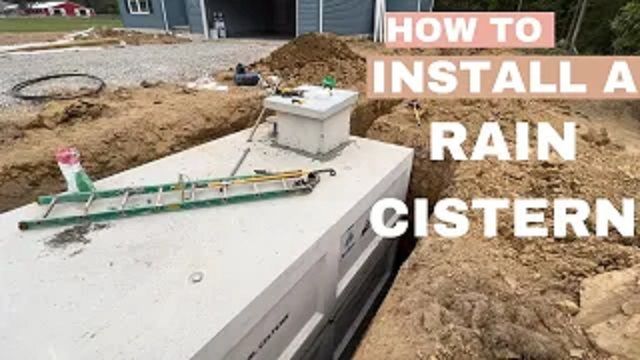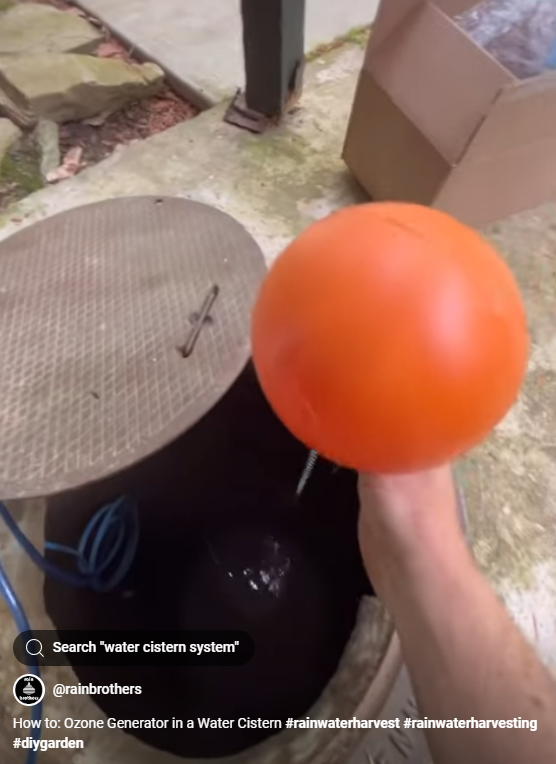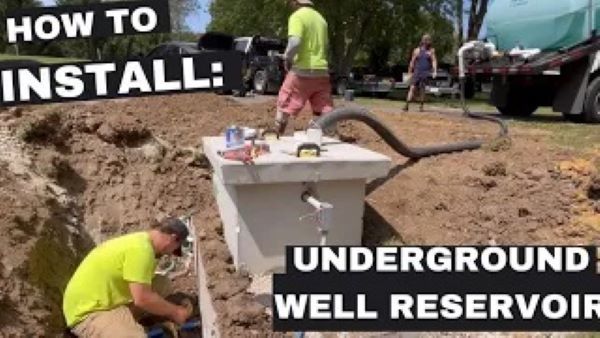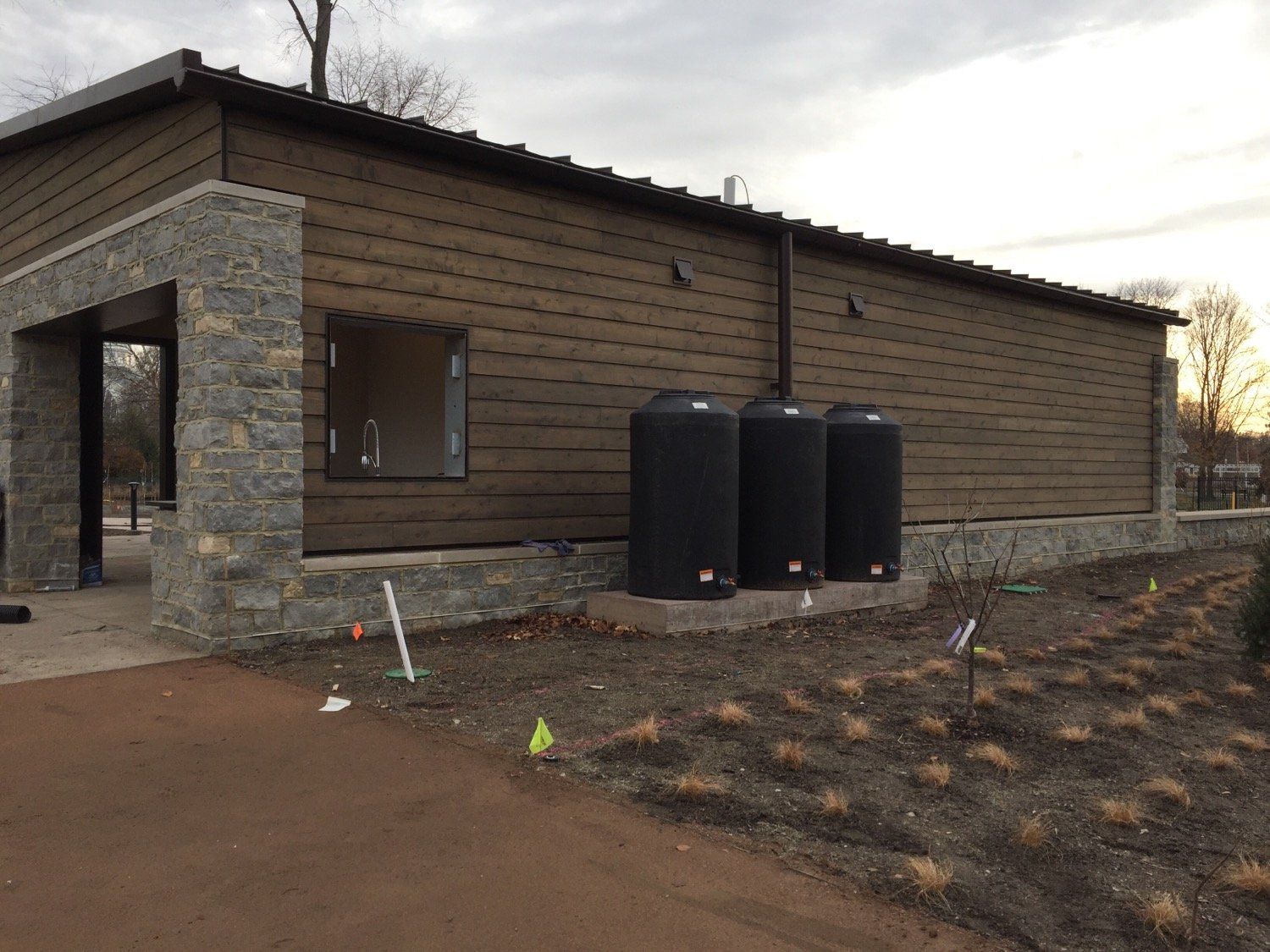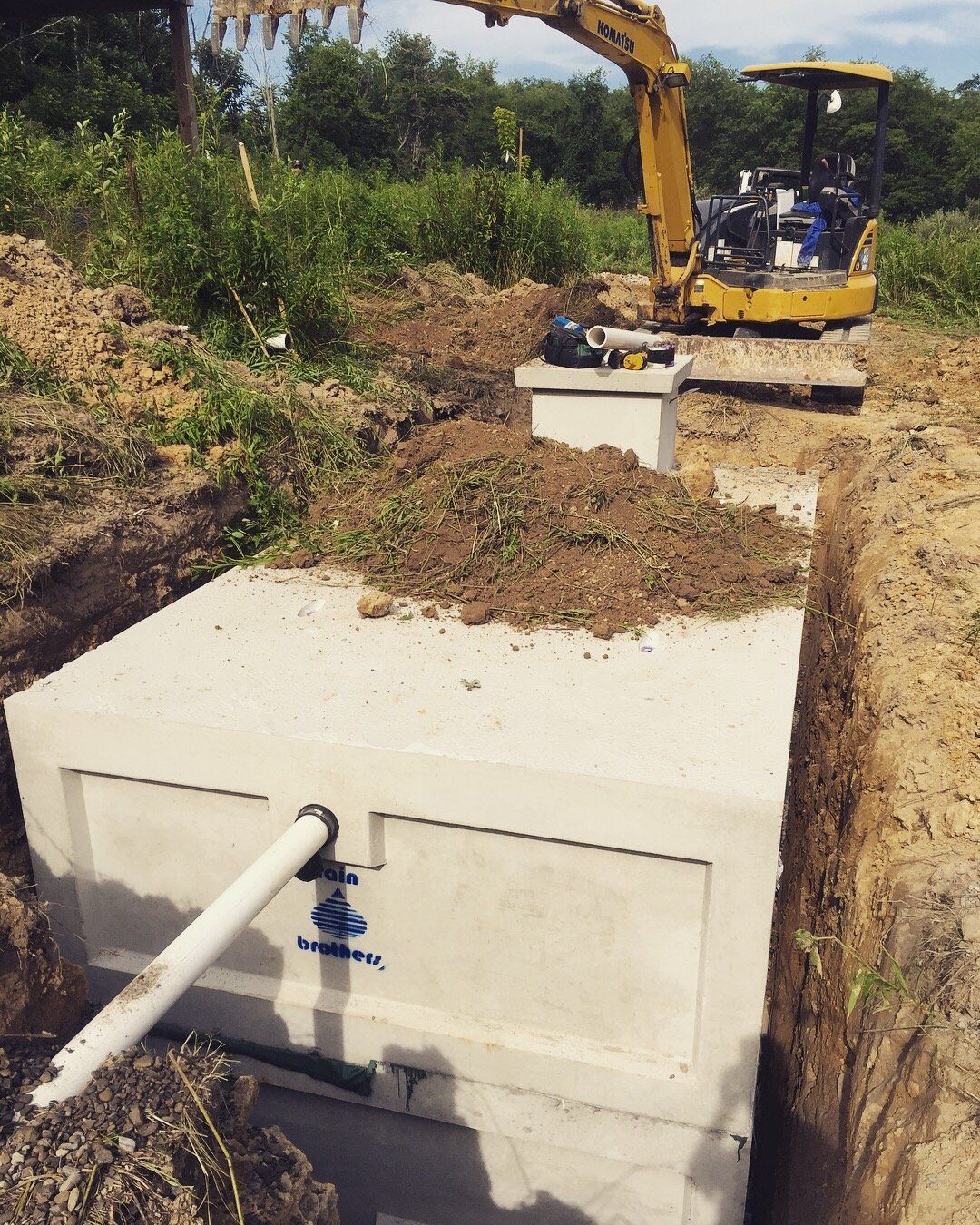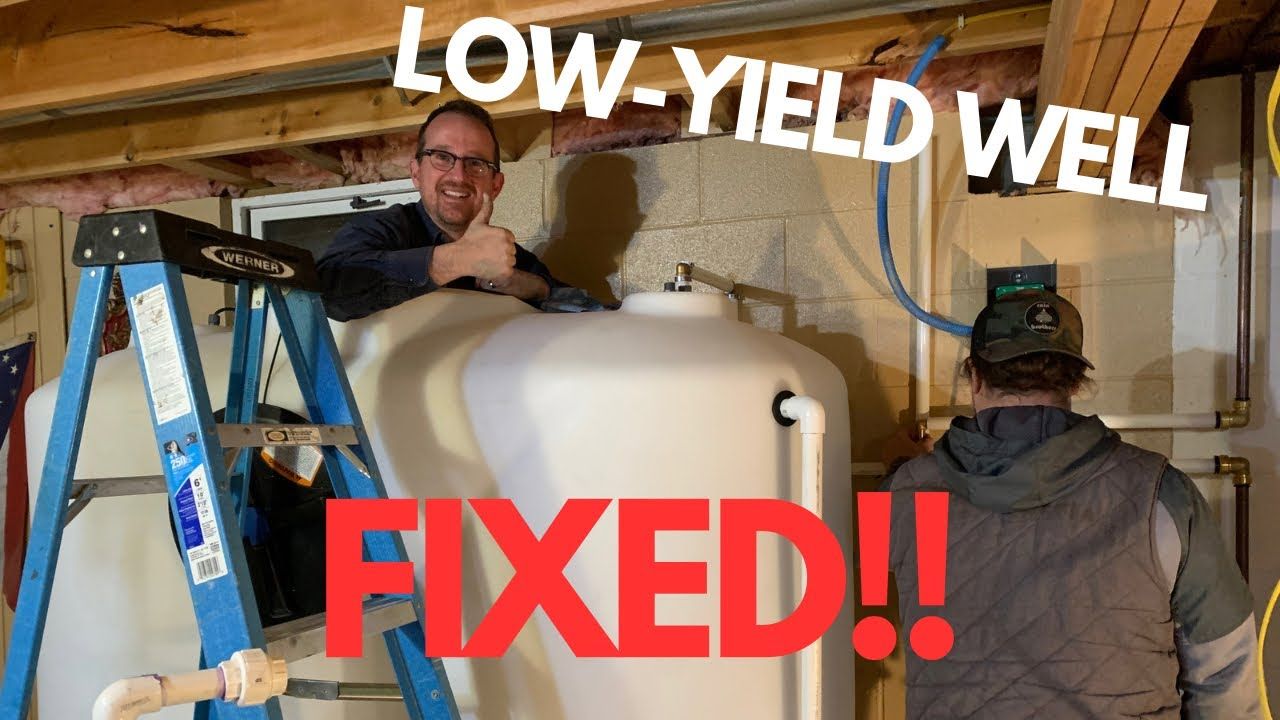Irrigating your Garden from your Rain Barrel
With Spring right around the corner, many people are planning out their gardens. A major component of a future garden plan is figuring out how to irrigate. Installing a Rain Barrel is a great place to start. Not only is it a source for free water, but it is also clear of chemicals, such as chlorine and flouride, that are often present in city tap water. Your plants will thank you for giving them pure water to drink.
Once you have you a Rain Barrel and it's collecting water, the next thing to figure out is the best method to get that water to your plants. Here is a list of irrigation tips to maximize your precious collected rainwater.
Soil Preparation
-Soils may be sandy and gravely which hurts water retention, or they may have high clay content which can retain too much water. Adding organic material such as compost to your soil will help stabilize either extreme and create a moisture balanced environment for your plants' roots.
-Prepared beds are ideal for root mobility. Individual planting holes can restrict your plants' roots, thus restricting access to water. Take the time to prepare an entire bed and watch your plants flourish.
-Be sure to mulch. Mulch will help hold moisture that would otherwise evaporate and will also help moderate your soil temperature.
Water Where It Matters
-Many people assume that irrigating your garden involves a hose and spray nozzle working with 45-50 pounds of water pressure. However, this is a perfect example of how not to water your garden. First, you will waste a large amount of water. Much of the water coming out the nozzle will not make it to your plants roots. Second, continually soaking your plants' leaves with water puts them at risk for certain fungal disease. Finally, unless you're using a sprinkler, you must stand there and hold the hose, which is precious time you could be doing something else.
-A soaker hose or drip irrigation system is the best method to water your garden. These methods deliver water right the base of the plant (exactly where you want it), getting right to the roots. As opposed to a spray nozzle, you're giving your plants a slow, steady drink of water that will penetrate deep below the roots. This, in turn, encourages the roots to grow deeper making for a healthier plant. It is important when choosing a soaker hose to use with your rain barrel that you choose a soaker hose that works with low pressure systems, such as this soaker hose here.
A Few Other Tips
-Water when needed. If rain is in the forecast, hold off on watering your garden. Overwatering can decrease oxygen levels in your soil and can cause root rot, killing your plants.
-Water in the mornings. This will decrease the amount of water that evaporates. Also, if you water with a hose and nozzle (which I advise against), this will give your plants leaves time to dry off, decreasing the risk of fungal disease.
-Pull out the weeds! All those pesky weeds in your garden are drinking water that your lovely, food-producing plants could be drinking. Eliminate the competition.
Happy Gardening!

Links
Contact
937-949-1100
- Call or Text
catchingtherain@gmail.com
Cistern Living Community
Do you have a question about living with a cistern? We’re here to help! Join CisternLiving.com, sponsored by Rainbrothers, to connect with experts and a community of cistern owners. Your question could help others—sign up today and be part of the conversation!
Cistern Cleaning & Sealing Services
We provide professional cistern cleaning and sealing services within a 120-mile radius of Yellow Springs, Ohio, covering the following counties:
Butler, Champaign, Clark, Clermont, Clinton, Darke, Delaware, Fayette, Franklin, Greene, Highland, Madison, Miami, Montgomery, Pickaway, Preble, Ross, Shelby, Union, Warren.
Contact us today for reliable and professional cistern maintenance services!
Rainwater Harvesting Cisterns & Systems for Low-Yield, Low-Producing Wells
All Rights Reserved | Rain Brothers LLC
